Stem cells have been in the news recently, and maybe you have wondered if they could help you or someone you love. It is possible to wonder what stem cells are, how they are used to treat disease and injury, and why they are so controversial.
Medical treatments based on stem cells offer significant promise. Discover stem cell types, current and potential uses, and the current state of stem cell research.
What Are Stem Cells?
A stem cell is a type of human cell that can be differentiated into a variety of different types of cells. It is from stem cells that all other cells with specialized functions are derived. The right conditions in the body or in a laboratory enable stem cells to divide and form daughter cells.
A daughter cell can become a stem cell or a cell that can undergo differentiation to become a specific type of cell. This can be a blood cell, brain cell, heart muscle cell, or bone cell. No other cell type in the body is capable of generating new cells.
They also have the ability to repair damaged tissue in some cases. The usefulness of stem cells in the treatment of diseases such as Alzheimer’s and neurodegenerative diseases is currently being studied.
Types of stem cells: Where do they come from?
There are several sources of stem cells.
Embryonic stem cells. Today, embryonic stem cells used in research come from unused embryos that are 3 to 5 days old. At this stage, an embryo is called a blastocyst and has about 150 cells. These embryonic stem cells are pluripotent (ploo-RIP-uh-tunt), meaning they can divide into more stem cells or can become any type of cell in the body. This adaptability makes it possible to use embryonic stem cells to regenerate or repair diseased tissues and organs.
Perinatal stem cells. Scientists have discovered that there are stem cells in amniotic fluid as well as umbilical cord blood. It is possible for these stem cells to differentiate into specialized cells. In the uterus, amniotic fluid surrounds and protects a developing fetus. In a process called amniocentesis, scientists have been able to identify stem cells in samples of amniotic fluid collected from pregnant women for testing or treatment.
Adult mesenchymal stem cells. A type of adult stem cell comes from fully developed tissues such as the brain, skin, fat, and bone marrow. These tissues contain a small number of stem cells. They are more prone to generate only certain types of cells. Adult adipose (fat) stem cells appear to be especially prepared for their job, as they are capable of turning into fat, heart, bone or muscle tissue.
The other type of adult stem cells are those that have been altered to have embryonic stem cell characteristics. They are adult stem cells that have been altered in a lab to resemble embryonic stem cells. In 2006, scientists reported that human stem cells could be modified in this way. Induced pluripotent stem cells don’t seem to be different from embryonic stem cells, but scientists have not yet found one that can develop every kind of cell and tissue. With this new technique, reprogrammed cells may replace embryonic stem cells and prevent the immune system from rejecting them.
What is stem cell therapy?
The purpose of stem cell therapy is to protect and restore damaged cells within the body by reducing inflammation and modulating immunity. A variety of medical conditions can be treated with stem cell therapy because of this phenomenon. There have been studies conducted on the use of stem cell therapies to treat autoimmune, inflammatory, neurological, orthopedic, and traumatic injuries, including Crohn’s disease, Multiple Sclerosis, Lupus, COPD, Parkinson’s, ALS, stroke recovery, and many others.
The aim of stem cell therapy is not necessarily to cure these conditions, but to allow the body to heal itself well enough to mitigate symptoms for a long period of time. Many of these effects can have a substantial impact on patient quality of life, as well as delay disease progression in many cases.
Stem cells in medicine
At present, only hematopoietic stem cells are used for treating diseases. These are adult stem cells that can form blood cells in the bone marrow. In the bone marrow, every type of blood cell begins as a stem cell. Immature stem cells can develop into other blood cells that mature and function.
These cells are used in procedures such as bone marrow transplants. Radiation therapy and chemotherapy kill hematopoietic stem cells in cancer patients, which makes them unable to produce new blood cells. People with Fanconi anemia may also benefit from them. Basically, this condition causes the bone marrow to fail.
Several degenerative diseases, including heart failure, are being treated with adult stem cells. There have been studies on the use of stem cell therapy to treat orthopedic, inflammatory, autoimmune and neurological conditions, including Crohn’s Disease, Multiple Sclerosis, Lupus, COPD, Parkinson’s, ALS, stroke recovery, and more.
These conditions cannot necessarily be cured by stem cells. Through this method, the body is able to heal itself well enough to alleviate symptoms for a long time. This alone allows patients to improve their quality of life substantially in many cases.
Developing stem cells: challenges and prospects
There is still much to be learned about stem cells before their use can be expanded. In order to better understand embryonic stem cells, scientists must first learn how they develop. In this way, they will be able to control the type of cells they create. Additionally, embryonic stem cells available today are unlikely to be accepted by the body. As well, some people view the use of embryonic stem cells as morally troubling.
It is also challenging for scientists to use adult pluripotent stem cells. In a lab, these cells are difficult to grow, so researchers are exploring ways to make the process easier. It is also found in small amounts in the body. It is more likely that they will contain problems with DNA.
Currently, stem cell therapies are being tested in clinical trials in the United States.
Get in touch with us today so we can learn more about your case and provide you with the guidance you need to understand stem cells’ potential benefits.


